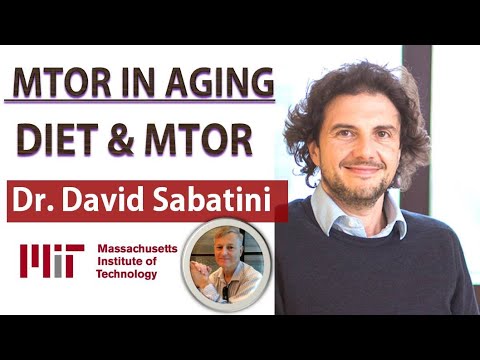@Jonas, it’s my understanding that females are born with all the eggs they will ever have in their lifetime.
Yes, that is the explanation.
May I ask what supplements you/people here use in this category?
I’m not sure, but believe that the catabolic state may be where more “repair” happens than in the growth / anabolic state? Perhaps others can comment.
Exactly. It made sense the way it was explained. Also connected to why mouth sores can develop from Rapa— it’s mucosal endothelial with high turnover rate.
But yeah, eggs are completely static.
I’ve seen you post your dosage elsewhere. It seems like a good guess for going at it—have you ever measured your blood levels of rapa or plan to? I haven’t and am thinking maybe I should, as I experience no side effects at even my highest dose: 6mg + evoo + grapefruit juice + fatty meal. I do want it in the brain but to hedge my bets I think it might be smarter to supplement with the highest dose of Dramamine I can tolerate, as that drug definitely gets through the blood brain barrier.
I not sure I know enough to get it exactly right, so I will probably stop all supplements for a day or two bef and after my Rapa dose. Maybe take a senolytic at the same time?
Was this 8 hr interval something used in the mice? Not applicable to humans?
In context it seems as though they were speaking of mice. Not 100% clear though.
I will be testing my trough level after 9 days off. Because using Labcorp is problematic where I live, i.e. long wait times and who knows the processing times at my locale, it is only practical to measure trough levels.
I was just responding to medaura’s thoughts on dosing.
Great summaries here. I wondered why they were rehashing all the old news but I was wrong. This is important. I am listening carefully to pick up and write down the important bits.
My first reaction is a bit of shock to realize how little even the very best know about how the body works. It is understandable in that context as to why these same smart and knowledgeable people are being very cautious. Some are cautiously dipping their toe in the cold water (“take it sometimes”, “take long breaks”, “use to take it”, etc) while others are staying out but patiently waiting for more data.
If I was in my 80s or older, I would be more aggressive. But I am going to be more careful overall. I don’t plan to cut back on rapa but I will be taking “holidays”.
Honestly, after listening to the podcast, a larger dose with larger breaks seems the best. You can flood the body with Rapamycin disabling MTORC1 and then have it clear out of your body before affecting your MTORC2 too much. I think I have a much better understanding of how it all works after listening to this podcast. I may switch to 4-6 mg +GFJ every 2 weeks.
More substantial decline in muscle mass happens for men after 70 and women after 65. Before that the decline although steady is relatively small. I presume that it has something to do with people being less active after 70 due to declining health?
Not in my father’s case. He was never ripped but trim and strong. His hair went white in 5 years and he started having osteoporosis problems although keeps to the same activity levels. Heart problems started popping up. When I see pictures of him 6 years ago he looked like he could have been in his late 50s, just looked great. Now he looks decent for his age but has fallen to a much lower plateau to be honest. He also had a bad case of COVID which triggered the heart issues or brought them to the fore. But it wasn’t a gradual decline at all. It was steep.
Another good, related, podcast on mTOR and Diet. David Sabatini briefly explains how diet and nutrition affect mTOR.
Very nice video. It continues to pound home that mTORC1 is not an “on or off” switch, and it can be reduced incrementally by many factors, e.g., CR, protein restriction, rapamycin. Also I like to hear his description of autophagy as a mechanism that is always on. So if we’re steadily eating lots of food (like in most Western countries), autophagy is just puttering along slowly, however fasting or rapamycin is where the process can be cranked up, for hopefully therapeutic affect.
About 25% of the variations in lifespan are contributed by genetics, but the exact genes and how they work is still poorly understood, so it’s not clear to me how they can state that these genes are highly conserved across species.
I think some genes have been well identified and tested in terms of lifespan impact, across species, but I’m sure thats just a portion of the total, and how much the currently known ones represent as a percent of the total (or total potential lifespan increase) is of course still unknown…
Currently, eight genes (BUB1B, CISD2, KLOTHO, PAWR, PPARG, PTEN, SIRT1, and SIRT6) are listed as pro-longevity genes by the Human Aging Genomic Resources, which means that they have been experimentally demonstrated to mediate lifespan in mammals.
Source:
Here’s a nice summary of what’s known ( and not).
